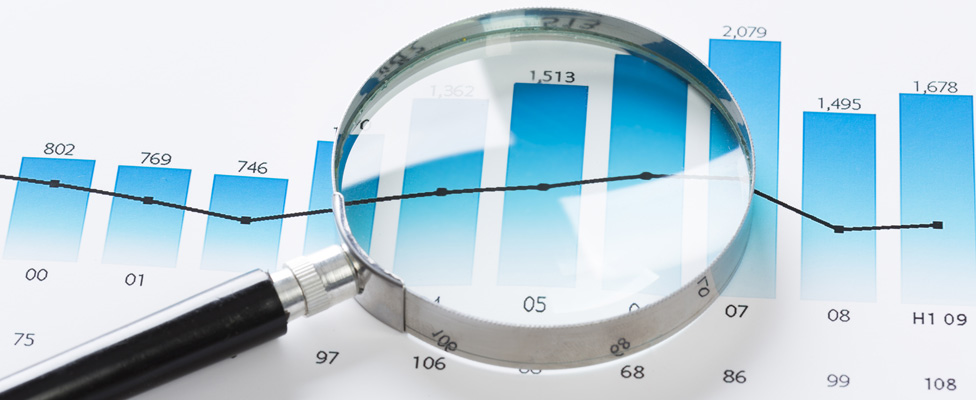
5 Minutes with a CEO: Ryan Shaw of Shoreditch
CEO Ryan Shaw describes his experiences running a start-up and how he sees analytics being used by different stakeholders.
- By James E. Powell
- January 13, 2017
 Subscription services are available today for everything from shaving supplies to makeup to healthy snacks. Ryan Shaw saw an opportunity and started Shoreditch, which offers subscriptions for UK-made e-cigarette supplies. He told Upside about his experiences running a start-up and how he sees analytics being used by different stakeholders.
Subscription services are available today for everything from shaving supplies to makeup to healthy snacks. Ryan Shaw saw an opportunity and started Shoreditch, which offers subscriptions for UK-made e-cigarette supplies. He told Upside about his experiences running a start-up and how he sees analytics being used by different stakeholders.
UPSIDE: What should our readers know about the role of CEO and your work specifically?
Ryan Shaw: As the CEO of a tech start-up I have to roll my sleeves up and get my hands dirty. I'm involved in every aspect of the business for two reasons. One is because I have to be -- we don't have enough resources available at this stage for me not to be involved in everything. The second reason is because I want to be; it's important that I understand all aspects of the business so that later on I can make management decisions based on these experiences.
What are the important and the overhyped trends you see in the market and what strategies are most and least successful?
I think one of the craziest trends I've seen is unlimited annual leave. However, I haven't been fortunate enough to meet a CEO that has this policy in place -- it could be a winner!
What personality trait do you think CEOs need to succeed?
Empathy. As a CEO, it's highly likely that you are going to have to manage people with lots of varying personalities. It's likely that your head of sales thinks and is motivated differently than your head of HR; you need to understand this so that you can adjust your management style accordingly. Being an empathetic CEO reduces conflict within your team; if you can put yourself in someone else's shoes it, helps you make more considered management decisions.
How does your company use analytics to make decisions, and how do you personally use analytics to guide your company?
At Shoreditch we are very data driven. Most of our critical business decisions are influenced by data and analytics. We use well-known tools such as Google Analytics and Optimizely to meticulously analyze our website traffic and A/B test to ensure that we are making optimum decisions.
A very simple example: our team couldn't decide on the type of images we should use on our website. The solution was to test multiple images and let data and customer behavior drive our decision. In this case we were looking for the images that had the highest conversion rate.
We integrate our SQL database with Bime Analytics to analyze our customer trends and behavior. It's impossible to know how many marketing dollars to spend if you don't know what each customer will generate in revenue.
What form of analytics do you use to make sense of all the data (for example, daily reports, real-time dashboards, exception alerts)? Do you have any secrets you'd like to share about extracting the greatest value from your data?
Depending on the data set and stakeholders, we have daily, weekly, and monthly report emails, ad hoc emails triggered by important events, alerts, and errors, and real-time dashboards for information that requires ongoing review.
Investors and advisers generally find the best value interacting with our dynamic dashboards -- these allow them to drill down into the data and recompose it into different visualizations. Our developers and management team generally check the emails more, as these show core user metrics or build errors that we can react to quickly.
We don't have any secrets per se; however, we've found that providing our investors with direct access to a live dashboard with all of our transactional and cohort data has resulted in them having a high degree of confidence in our metrics, which greatly helps when raising further funding.
Do you run reports yourself or are they pushed to you (for example, in a daily email message or a first-thing-in-the-morning dashboard)?
Generally our reporting is automated; on occasion we do have to directly query the database to obtain statistics or relationships that are not represented in our automated reporting. We've found that automating 99 percent of our reporting has resulted in considerable savings in developer time, which can now be spent analyzing data and understanding the more complex relationships within it.
What one thing do you wish your organization could analyze better (and why)?
Employee satisfaction. I think having a dashboard that measures the happiness and satisfaction of employees would be brilliant. It would definitely help with productivity and employee retention. Luckily we are only a small team, so it's relatively easy for us to understand our team's satisfaction, but as we increase in size it will become more difficult.
About the Author
James E. Powell is the editorial director of TDWI, including research reports, the Business Intelligence Journal, and Upside newsletter. You can contact him
via email here.